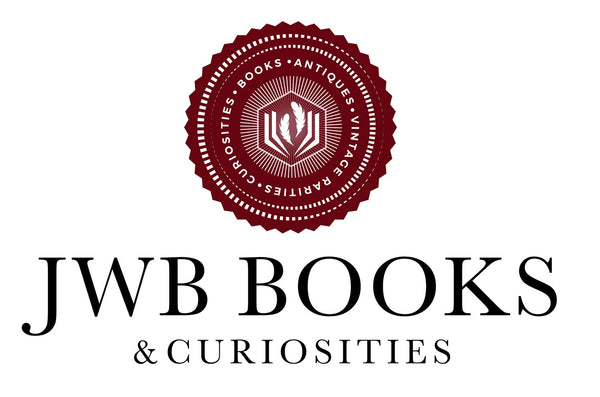
Share
Understanding the Difference Between Vintage and Antique Books, A Guide for Collectors and Readers
When you first start exploring the world of old books, the terms “vintage” and “antique” can seem a bit confusing. Both describe books from the past, but there are some important differences that collectors, readers, and even casual browsers should know. In this guide, we’ll break down what these terms mean, why they matter, and how you can use this knowledge to start, or grow, your own collection.
What Makes a Book Antique?
In the book world, “antique” is generally used for books that are more than 100 years old. For example, a book published in 1890 would be considered antique today. Antique books often carry unique historical value, not just for their content, but also for their craftsmanship. You’ll find older bindings, sewn pages using traditional methods, and sometimes subtle signs of their journey through time, connecting readers long gone. For many collectors, the charm of an antique book lies in its connection to a distant past, and the stories it has carried through generations.
What Does “Vintage” Mean for Books?
“Vintage” is a bit more flexible as a term. Many collectors, dealers, and enthusiasts use “vintage” to describe books that are between 20 and 100 years old. So, a book from the 1960s, 70s, or even early 2000s might be called vintage, depending on who you ask. These books often reflect the design trends, cultural shifts, and publishing styles of their era. Vintage books are popular not just for their age, but for their nostalgia; think classic dust jackets, mid-century illustrations, or first editions of modern classics. If you enjoy exploring the stories and culture of the past, you might also be interested in our Scottish books or history books collections.
Why Does the Distinction Matter?
Knowing whether a book is vintage or antique helps collectors and buyers understand its potential value and significance. Antique books may be rarer, and sometimes more fragile, while vintage books can be more accessible and affordable for new collectors. The distinction also matters for things like care, storage, and even insurance. Plus, if you’re browsing or shopping online, understanding these terms can help you find exactly what you’re looking for, whether that’s a rare piece of history or a classic work of literature.
Common Misconceptions
It’s easy to assume that any old book is valuable, but age alone doesn’t always determine worth. Factors like condition, rarity, edition, and historical significance all play a role, whether a book is vintage, antique, or simply “used.” Sometimes, a relatively recent book can be highly collectible because of its cultural impact or limited print run.
How to Tell the Age of a Book
If you’re curious about the age of a book, start by checking the publication date, usually found on the title or copyright page. Some books may have later printings or reprints, so look for edition statements as well. If the date isn’t clear, details like the binding, paper quality, and even the publisher’s address can offer clues.
Final Thoughts
Whether you’re drawn to the elegance of antique books, or the nostalgia of vintage ones, understanding these terms can help you make more informed choices as a collector or reader. Both types of books offer their own unique charm, and a tangible connection to the past. If you have questions, or want to learn more about specific books, feel free to reach out to us if you want to learn more or have any questions about collectable books.






















